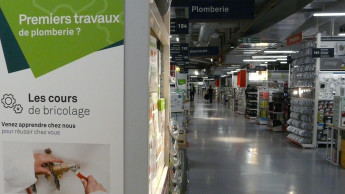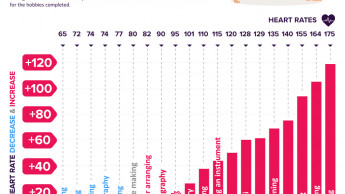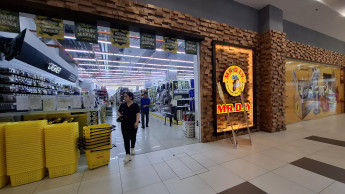
deep insights, facts & figures
04.01.2013
Kingfisher’s European Home Report 2012: Home improvement is a bigger priority than holidays
Nine out of ten households in Europe carry out DIY projects. Home improvement, or giving your home a facelift, is so important to consumers that they will spend more money on it than on a holiday in the next twelve months (75 per cent to 59 per cent). Nearly two-thirds of them intend to invest more than they did last year. These are some of the most significant results taken from the European Home Report 2012 published by the DIY retailer Kingfisher. This survey involved questioning 15 000 consumers in Britain and Ireland, France, Poland, Russia, Spain, Turkey and Germany. Increasing the value of their property ranks no higher than fifth among the reasons given for carrying out DIY projects. Consumers are more interested in “refreshing” their home, making it more comfortable or adapting to the changing needs of the family because of children staying on longer, for example, or older members requiring alterations, instead of moving house. As Ian Cheshire, Kingfisher’s CEO, sums up the results: “The home is really where the heart is”. More than half of all households (52 per cent) intend to remain in their present home for at least ten years. Interior painting and decorating is the job most frequently undertaken. This is followed by replacing furnishings, and renovating the kitchen or bathroom. There are certain differences between the various countries. The French are the highest-spending DIYers, investing 1.2 times the average amount spent by European consumers. In Britain and Ireland, as well as Poland and Turkey, the spend is just 0.9 per cent of the average. The Germans have the greatest confidence in their own DIY skills, whereas such self-confidence is least well developed in Turkey. Looking after their garden is a priority for the British and Irish, and for the Germans as well. One focus of interest in the study was the question of the significance of the internet. DIYers tend to use it for the most part to get information, make price comparisons and obtain advice, and less often to make actual purchases. Nevertheless, 35 per cent of them still do order DIY products on the net. The Germans do this most frequently (48 per cent), the French least often (21 per cent).
Related articles
Read also

 Menü
Menü













